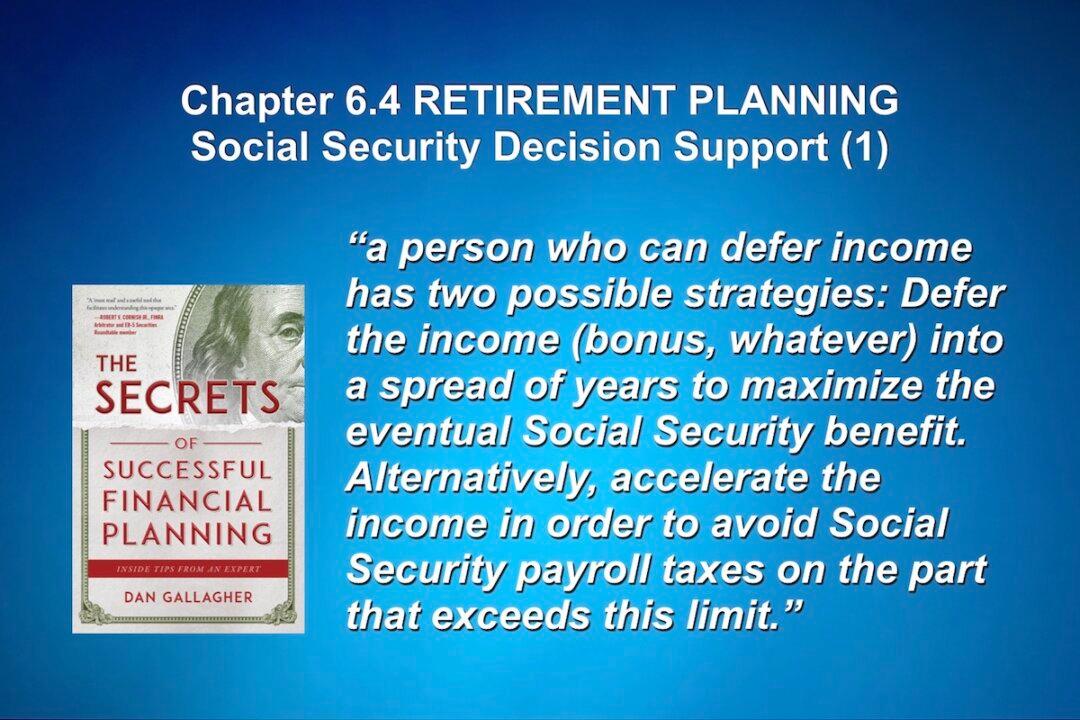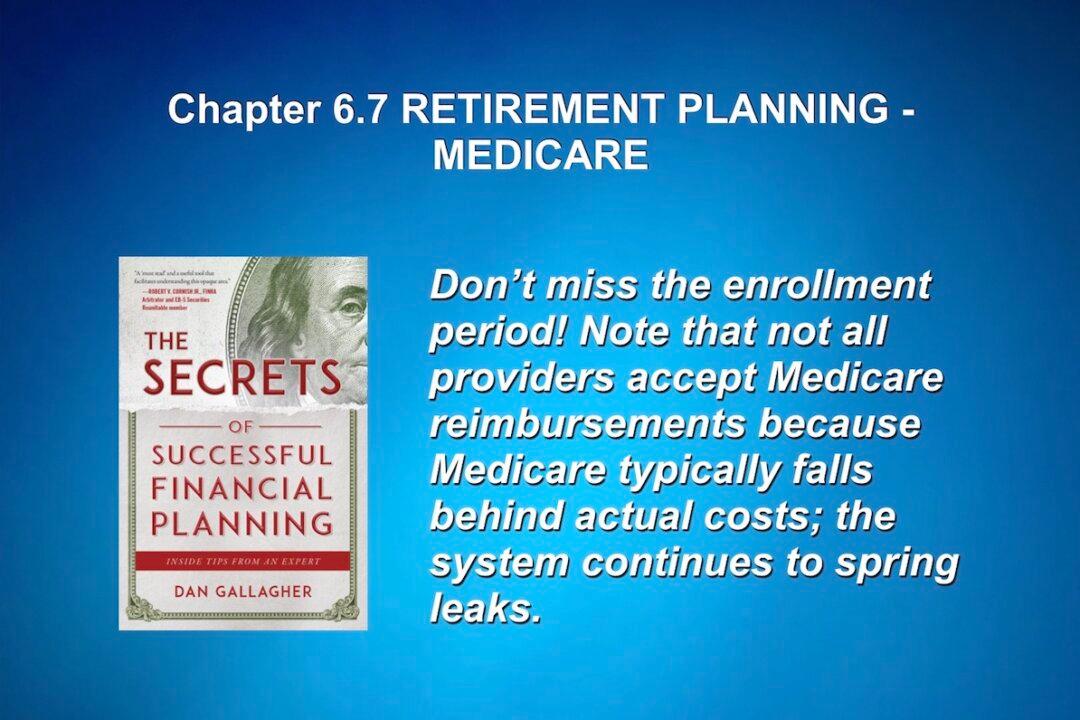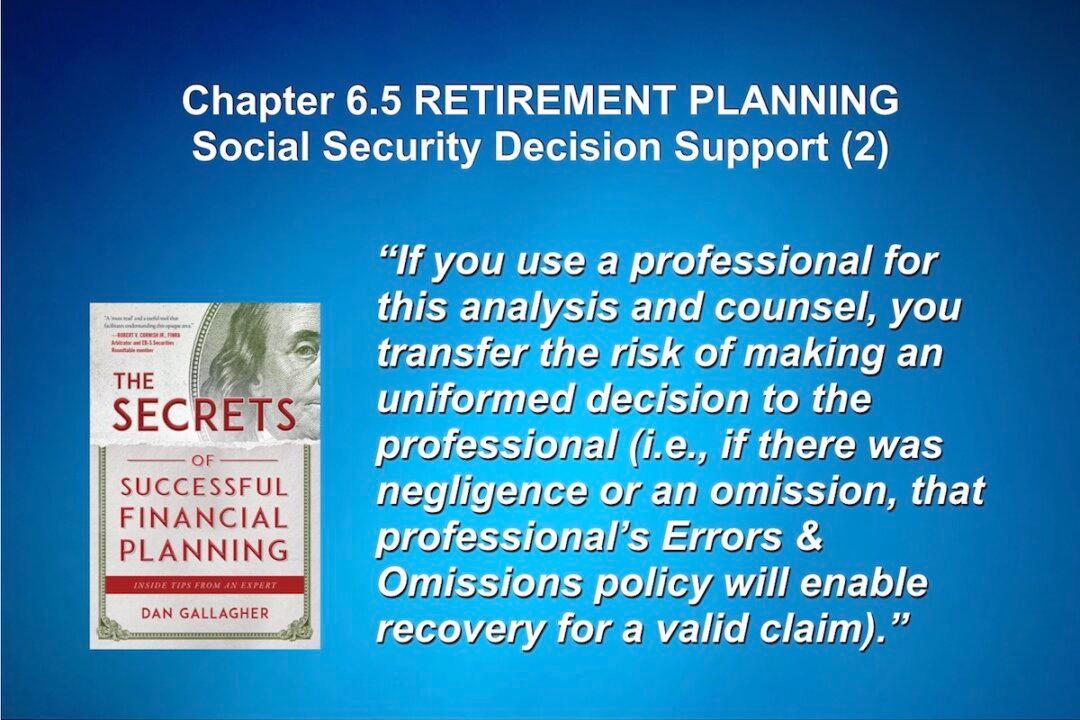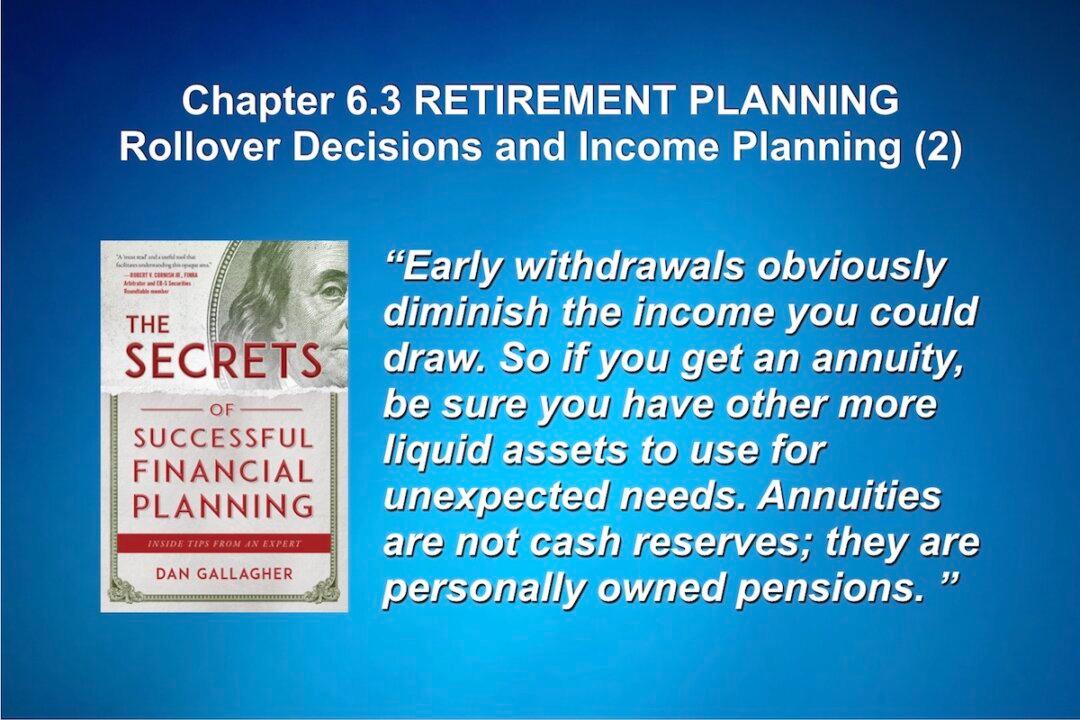At age 62, anyone with forty quarters of full-time work paying Social Security taxes may draw a permanently reduced benefit: reduced a half percent for every month prior to reaching full retirement age, usually referred to as the normal retirement age (NRA).
One can delay benefits beyond the NRA, but no later than age 70. Delay causes benefits to inflate by about 2/3% monthly (8% annually). About half of Americans start Social Security at the earliest point, most of these because of budget need. One argument for taking it early is that it stops upon death, though a married person will receive the larger of the two benefits (a beneficiary may draw from only one person’s account at a time).
There are two main tax considerations for Social Security payments:
- Ordinary income tax treatment of Social Security payments if you simultaneously have other income (earned or not); this occurs regardless of whether the penalty is imposed.
- A penalty (payment reduction) is imposed for those beginning payments prior to the NRA if they also have earned income. Both of these “take-backs” will apply if both conditions exist. Let’s examine those conditions.
Income Tax Considerations
For income tax on Social Security benefits, regardless of your age, total half of your Social Security payment with all of your other income sources regardless of source or tax characteristic (rare exclusions noted below). Call this total “combined income”; this does not refer to being married, per se.
But if you are married and filing jointly, add in both spouse’s incomes and half of each spouse’s Social Security to get combined income. Anything that would reduce your taxable income on your tax return also reduces the combined amount for this purpose. There are rare exclusions in this totaling of income, such as IRA contributions, adoption incentive income, certain foreign income, and US Savings Bond interest. The various thresholds are as follows:





